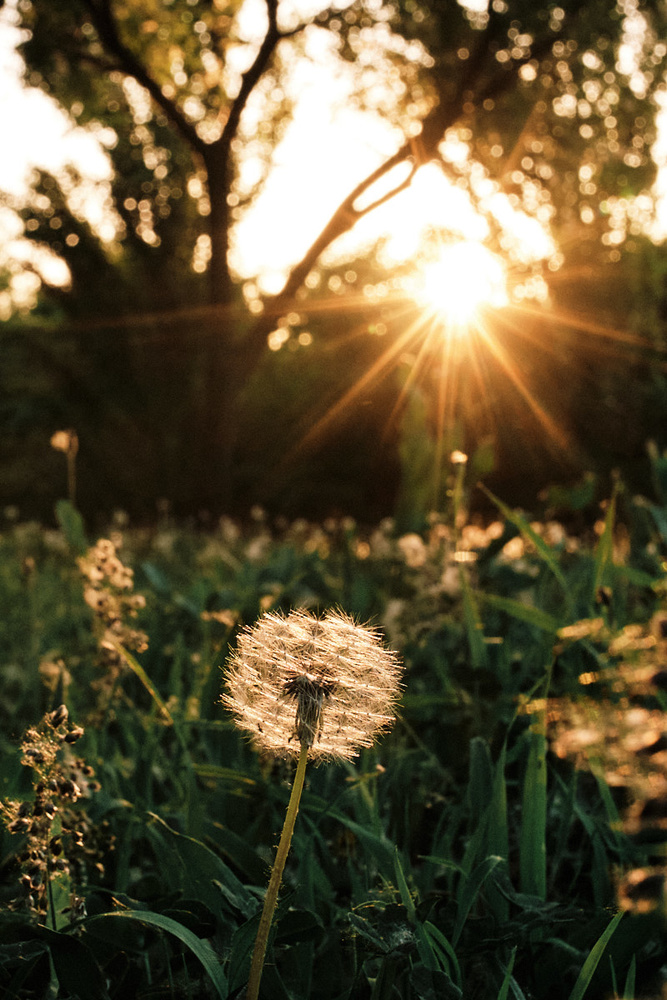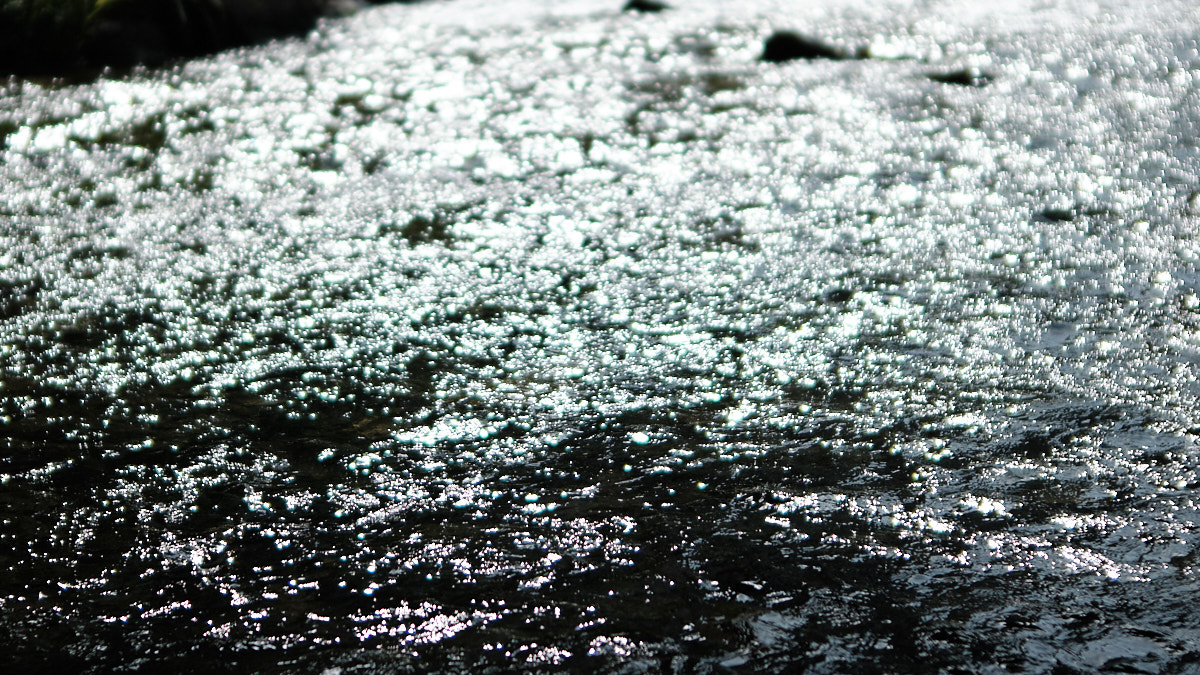Laowa is a company that never stops amazing me with their creative approach to lens design and cornering of a market sector that appreciates their unique designs. Today, we’ll be taking a look at their latest offering for APS-C cameras, the ultra-fast Laowa Argus CF 33mm f/0.95 APO.
With its de-clicked aperture, stiff turning focus ring, and almost completely absent focus breathing, the Laowa 33mm f/0.95 APO seems to be aimed squarely at video work while producing excellent stills. Since I’m a photographer and not a videographer, I’ll be looking at this lens from a stills perspective, but will try to mention anything I feel might be relevant for our video-shooting readers.
Build Quality and Handling
Laowa has, as usual, done a great job of making a premium product with the 33mm f/0.95. The entire lens barrel is made of metal and that extends to the square bayonet hood and mount as well. The hood has space for one thin filter to be mounted to the lens before it is attached, so something like the B+W UV Haze filter fits nicely. The hood is much nicer and more durable than the flimsy aluminum hood Fujifilm provides with their (more expensive) XF 35mm f/1.4. Much like Fujifilm’s offering, Laowa includes a slip-on lens cap that goes over the hood. Just like Fujifilm’s, though, it also slips off too easily and may as well just be left at home.
Focus Ring
I’m always wary of metal focus rings as they can be tough to turn with sweaty hands or any moisture on them. However, the deep grooves on this ring allow for easy turning even with clammy hands. This is great because the focus ring, while smooth, has quite a bit of resistance.
This resistance was actually quite surprising at first and took a little getting used to. It certainly doesn’t lend itself to quickly making large changes in focus. But if you’re already in the ball-park, the precision that it affords makes for an easier time focusing wide open. It will also allow for slow and deliberate focus pulls in video.
While we’re on the subject of focusing, it’s important to note that there is almost no focus breathing at all with this lens. This is yet another win for those who might want to use it for video.
Aperture Ring
The aperture ring has a similar level of resistance to the focus ring. One of my chief complaints when I owned the Mitakon 35mm f/0.95 was that the aperture and focus rings were far too loose and too easy to knock out of position. This lens does not suffer from that at all.
The aperture ring is placed in the more common position, the rear of the lens barrel, which makes it blend seamlessly with the Fujifilm shooting experience. However, it is de-clicked, which is likely to polarize some users. Personally, I’d have preferred a clicked aperture (or at least the option) so I could know where I was at without having to look at the lens barrel.
One thing to note is that Laowa has limited the minimum aperture to f/11. Honestly, on an APS-C sensor, f/16 is an aperture setting to avoid most of the time anyway due to diffraction. Also, this lens is one that is made to be used at wider apertures, so few people are likely to miss the small increase in depth of field that would result from closing the aperture one more stop.

Size and Weight
Weighing in at 590g, the 33mm f/0.95 is no featherweight in the Fujifilm X world. That’s just over 3 times what the XF 35mm f/1.4 weighs and it is definitely noticeable when holding the camera. With an X-T4, I’ve found that the lens is a little front heavy and I spend all my time supporting the entire weight with my left hand much like I would with one of the larger zooms. This lens would surely balance a little more evenly on something like the X-H1 with its larger grip.
When it comes to size, it’s actually smaller than I expected. As initial images hit the internet, it seemed to be quite a large lens. In reality, however, it’s almost exactly the same size as the XF 56mm f/1.2, which fits very comfortably on the front of any of the X bodies.
That’s enough about build, however. Let’s jump into the juicy part of this review.
Image Quality
In this first super-fast offering from Laowa, I wasn’t sure what to expect. Their wide-angle and macro lenses are typically excellent and offer something unique when compared to the competition, so it was sure to be interesting. I just wasn’t sure how.
The optical construction involves 14 elements including three high refractive index elements, one aspherical element, and one extra-low dispersion element. All of this comes together to form a lens that Laowa has given the APO (apochromatic) designation. This should mean the lens is very well corrected for chromatic aberrations. Although, of course, we should not be expecting Zeiss Otus-like performance at this price point. Let’s dig in.
Sharpness
This performs quite well for such a fast lens. At f/0.95, as you’d expect, there’s a drop in sharpness and overall contrast. By f/1.1, it gets significantly better and by f/2 is rendering all the fine details you’d want from an APS-C sensor. The extreme corners do lag behind a little, but are up to par with the center of the frame by f/4. As expected from a lens on this sensor size, that sharpness falls off again to diffraction at f/11.
However, as with all ultra-fast lenses, we’re usually looking for their specific optical characteristics rather than their technical performance. So, let’s explore a few of the qualities that I have found while working with this lens.

Fujifilm X-T4 Laowa 33mm f/0.95 (1/4700, f/0.95, ISO 160) - Crop, full image below
Red Rings
One of my favorite artefacts to look for in a new lens is the way it renders flare and ghosting. The Laowa does not disappoint in this regard. When used wide-open and pointed directly into a light source, it produces red rings centered around the light. These can be tough to place in your composition but are a lot of fun to work with.

Fujifilm X-T4 Laowa 33mm f/0.95 (1/32000, f/0.95, ISO 160)
Hazy Flare
Another characteristic of this lens wide open is a haze that appears over the image when a bright light is just outside the edge of the frame. It only happens wide open and quickly disappears by the f/1.1 marking on the aperture ring, but I enjoyed working with it for a slightly nostalgic feeling in black and white.

Fujifilm X-T4 Laowa 33mm f/0.95 (1/3500, f/0.95, ISO 160)
Vignette
The vignette produced by this lens is, as we would expect, quite significant wide open. At f/0.95, I see around a 1.7 stop vignette that graduates smoothly to the center of the frame. By approximately f/4, this is reduced to around 1/3 stop, but never completely goes away. It’s easy enough to remove in post if you’d prefer not to have it, but it is something worth keeping in mind when exposing shots wide open as 1.7 stops is quite a bit to recover in either direction.

Fujifilm X-T4 Laowa 33mm f/0.95 (1/4700, f/0.95, ISO 160)
Sunstars
Laowa’s recent lenses have had some excellent sunstars and the 33mm f/0.95 is no slouch in this department. When stopped all the way down to f/11, the lens produces soft-edged, but well-defined sunstars that are exceptionally pleasing.

Fujifilm X-T4 Laowa 33mm f/0.95 (1/320, f/1, ISO 3200)
Bokeh
While of course highly subjective, I’d place the bokeh that comes from this lens in the realms of excellent. When it comes to foliage and backlight, I found that it produces a beautiful soft transition. When it comes to closeups, this is amplified and produces, to use a platitude, buttery smooth out-of-focus areas. In something like a 3/4 length portrait, plenty of separation is possible at wide apertures and the bokeh remains pleasing.

Fujifilm X-T4 Laowa 33mm f/0.95 (1/500, f/0.95, ISO 160)
When working at night, the bokeh takes on a swirled character with cats-eye shaped balls around the edges of the frame and perfectly round balls towards the center. As we stop down, the 9 blades of the aperture do begin to show, but are not harsh or jarring in any way.

Chromatic Aberration
Very fast lenses tend to perform poorly in terms of CA when used wide open. However, with the APO designation, we’d expect this one to perform a little better. While Longitudinal CAs are present in extreme conditions (like rippling water with the setting sun bouncing off it), for the most part, they are all but absent in everyday shooting.
Wide-open, small amounts of magenta or green can be seen around extremely high-contrast edges, but a quick slider in post-production removes them in an instant. By f/2, these are all but done even in the most extreme scenes.

Lateral CAs in an absolute nightmare situation. By f/2 these completely clean up.
In Conclusion
Laowa has produced a great option for a super-fast nifty-fifty on APS-C systems at a competitive price. While there are plenty of options out there, I think most people will be comparing this to the Mitakon 35mm f/0.95. Having owned the Mitakon for a year in the past, my money would be on the Laowa for purchasing in this focal length. The construction is far superior and the resulting images have more character. Check out this lens in its various mounts here.
Things I Liked
- Good sharpness
- Pleasing bokeh
- Interesting flare and ghosting
- Smooth but tight focus ring
- Metal hood
- Gorgeous sunstars
- Very little CA for a fast lens
Things I Felt Could Be Improved
- A little too heavy for my liking
- De-clicked aperture ring
- Slip-on lens cap (no pinch cap included)
- Vignette can be a little too dark at times







In FF terms is an f0.95 lens a f1.2 or f1.4 equivalent?
It would resemble a 50/1.4. 33/.095 = 34, 50/34 = 1.4(ish)
Especially for the money, it is an excellent lens and you would have to spend considerably more for a step up in performance.